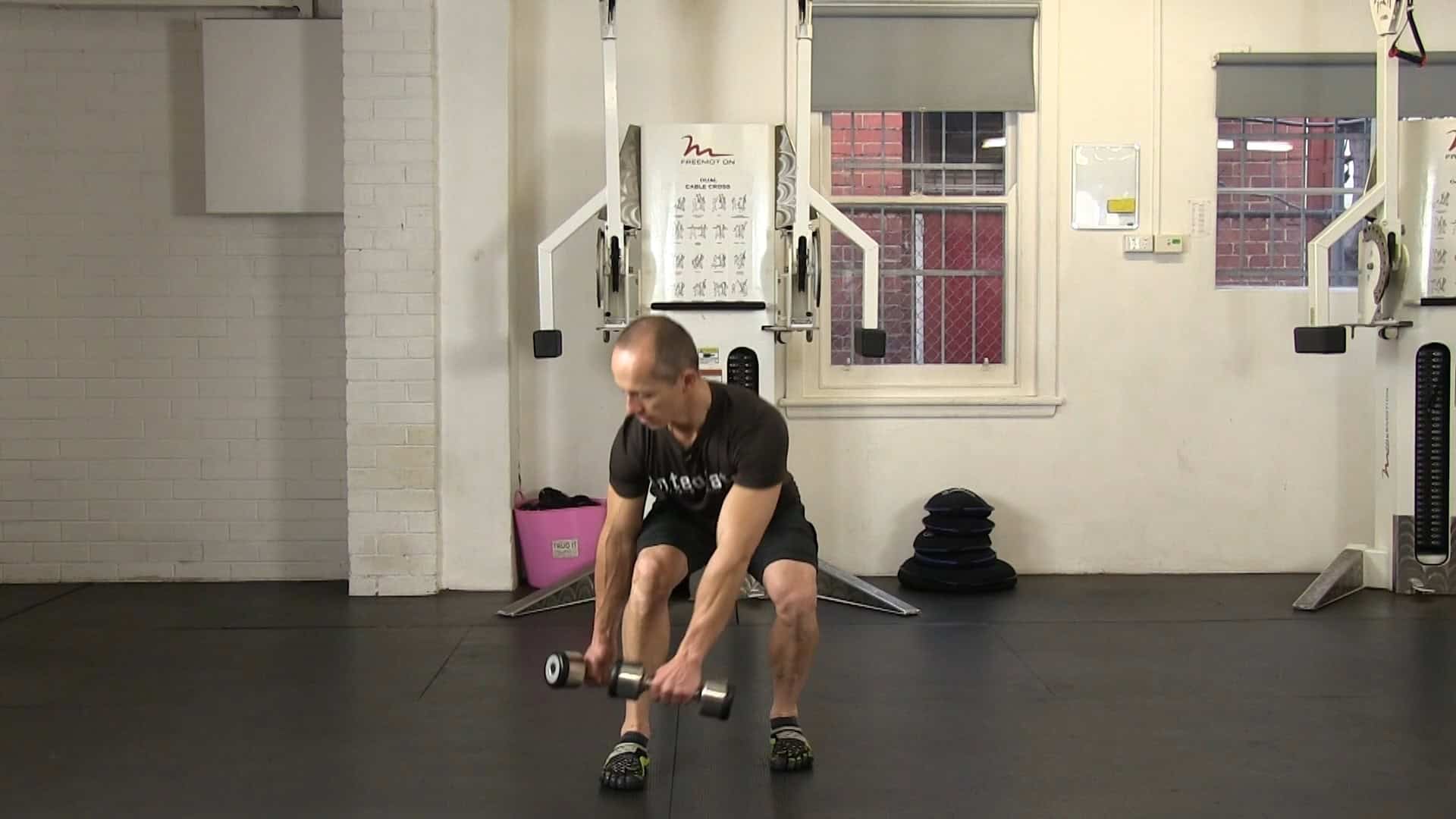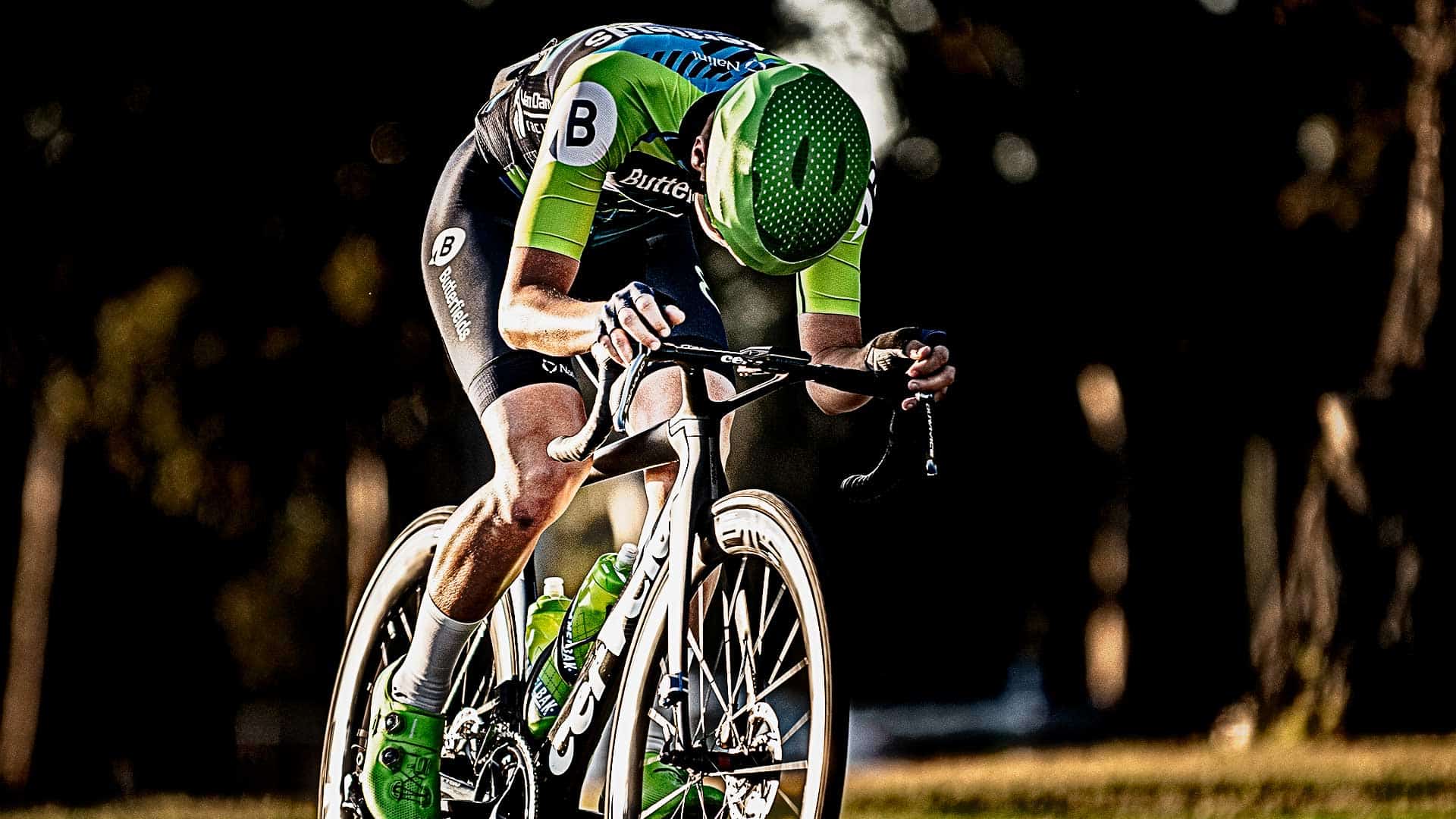If you’re looking for ways to take your cycling performance to the next level, you might wonder how strength training can help. After all, cycling is primarily an endurance based sport, so why focus on strength? Strength training can be a game-changer for cyclists of all levels. In this guide, we’ll explore the connection between strength training and cycling performance, debunk common myths, and provide expert tips and proven exercises to help you power up your pedals and improve your overall performance.
The Connection Between Strength Training and Cycling Performance
At first glance, cycling and strength training might seem like two completely different activities. After all, cycling is a low-impact endurance sport that relies primarily on cardiovascular fitness. At the same time, strength training is typically associated with building muscle mass and improving overall strength. However, the truth is that strength training can be a valuable tool for cyclists looking to improve their performance.
One of the primary reasons strength training benefits cyclists is that it helps to address muscle imbalances. You primarily use your quadriceps, hamstrings, and glutes to power your pedals when cycling. While these muscles are essential for cycling, they can become overdeveloped, leading to muscle imbalances that can lead to injury and decreased performance. You can improve your overall balance and reduce your risk of injury by incorporating strength training exercises that target the muscles that aren’t as heavily utilised during cycling, such as your core.
In addition to addressing muscle imbalances, strength training can also help to improve your overall power output. When you’re cycling, you’re constantly pushing and pulling against resistance. By improving your overall strength, you’ll generate more power with each pedal stroke, allowing you to go faster and farther with less effort.
Benefits of Strength Training for Cyclists
Now that we’ve established the connection between strength training and cycling performance. Let’s take a closer look at some of the specific benefits of incorporating strength training into your cycling routine.
Improved Muscle Endurance
One of the primary benefits of strength training for cyclists is improved muscle endurance. When cycling, you’re constantly using your muscles to generate power and maintain your pace. By incorporating strength training exercises that target the muscles used during cycling, you’ll be able to improve your overall muscle endurance, allowing you to maintain your pace for longer periods.
Increased Power Output
As mentioned earlier, strength training can also help increase your overall power output. By improving your strength, you’ll generate more power with each pedal stroke, allowing you to go faster and farther with less effort. This can be particularly beneficial during hill climbs, where you need to generate more power to maintain your pace.
Reduced Risk of Injury
Another benefit of incorporating strength training into your cycling routine is reduced risk of injury. As we mentioned earlier, cycling can lead to muscle imbalances, increasing your risk of injury. By incorporating strength training exercises that target the muscles not used during cycling, you’ll improve your overall balance and reduce your risk of injury.
Improved Overall Fitness
Finally, strength training can help to improve your overall fitness. By incorporating strength training into your routine, you’ll be able to improve your overall strength, endurance, and power output, allowing you to perform better during your cycling workouts.
Common Myths About Strength Training and Cycling
Despite the many benefits of strength training for cyclists, there are still some common myths that persist. Let’s look at some of these myths and debunk them once and for all.
Myth #1: Strength Training Will Make You Bulky
One of the most common myths about strength training is that it will make you bulky. The truth is, if you’re specifically training for bodybuilding or powerlifting, it’s likely that you’ll bulk up from strength training. In fact, for most people, strength training will help to improve overall muscle tone and definition rather than adding bulk.
Myth #2: Strength Training Will Make You Slower
Another common myth is that strength training will make you slower. Incorporating strength training into your cycling routine can help you to go faster. By improving your overall power output, you’ll be able to generate more speed with each pedal stroke, allowing you to maintain a faster pace for longer periods.
Myth #3: Strength Training Is Only for Professional Cyclists
Finally, some people believe that strength training is only for professional cyclists. The truth is, that strength training can be beneficial for cyclists of all levels, from beginners to seasoned pros. Whether you’re just starting out or looking to take your performance to the next level, incorporating strength training into your routine can help you to improve your overall fitness and performance.
Strength Training Exercises for Cyclists
Now that we’ve established the many benefits of strength training for cyclists and debunked some common myths so, let’s look at some specific strength training exercises that can help you improve your cycling performance.
There are many “core and strength” exercises for cyclists, but many are rehashed with a few up-scaled yoga moves and some ball exercises thrown in for good measure. They were a rather simple attempt at delivering a strength training program for cyclists.
When looking for strength training exercises specifically for your cycling, you’ll want to find exercises performed when facing forward or facing down. This position closely resembles the posture while cycling and can help develop good cycling strength. Although exercises performed face-up are beneficial for core strength, they do not accurately simulate the cycling position and may not be as effective for your cycling.
Here is a list of things to look for in core strength exercises:
- Exercise that provides forces that load you diagonally across your body.
- Exercises that are done with free weights rather than machines.
- Exercises that involve standing on one leg.
- Exercises performed with your face down or while facing forward.
- Exercises that are done using multi-joint movements.
The great thing about strength training that is performed off the bike is that once you have built it up, you need only to maintain it. So, you build it during your build phase, back it off, and maintain it as you progress through your specialisation phase.
Strength training off the bike is proven to work. It’s so important that in 2007 I worked with my strength and conditioning coach, Matt Brindle, to put together a specific strength and conditioning program for our clients.
We give the Matt Brindle Functional Strength Training program to everyone in our coaching program, which is always included in our training programs.
An example of off-the-bike strength training for cyclists

These powerful but simple to-do core strength and conditioning workouts are the foundation of all our training programs and remove the uncertainty of figuring out what off-the-bike strength training you should be doing. You don’t need costly gym equipment, a gym membership, or a personal trainer. You can perform all of these exercises in the comfort of your own house. A total of 15 minutes, three times a week, is all you need to get a stronger cycling core.
Creating a Strength Training Program for Cycling
Now that you know some strength training exercises that can benefit cyclists, it’s time to create a strength training program that works for you. Here are some tips to help you get started:
Start Slowly
Building up your intensity and volume slowly and gradually over time is important if you’re new to strength training. Start with one or two weekly strength training sessions and gradually increase as you become more comfortable.
Focus on Compound Exercises
Compound exercises like squats and lunges are great for cyclists because they work for multiple muscle groups at once. This can help you to improve your overall strength and power output more efficiently.
Incorporate Plyometric Exercises If You Are a Sprinter
Plyometric exercises, such as box jumps and jump squats, can be particularly beneficial for cyclists who want to improve their explosive power for sprinting. But, plyometric exercises won’t help you with developing your power for endurance based events, so you can avoid them if you’re just focusing on your endurance riding or racing.
Don’t Forget About Recovery
Finally, it’s important to remember that recovery is as important as the workout. Make sure to incorporate rest days into your strength training program and focus on proper nutrition and hydration to support your recovery and overall fitness.
How to Incorporate Strength Training into Your Cycling Routine
Now that you have an idea of some of the strength training exercises that can benefit cyclists and how to create a strength training program, it’s time to think about how to incorporate strength training into your cycling routine. Here are some tips to help you get started:
Schedule Your Workouts
To make sure you stay on track with your strength training program, it’s important to schedule your workouts in advance. This can help you stay accountable and ensure you’re getting the necessary strength training sessions weekly. All of our programs have our off-the-bike strength training exercise scheduled into them at the appropriate times.
Mix Up Your Workouts
To avoid boredom and prevent plateaus, it’s important to mix up your workouts and incorporate a variety of exercises and intensity levels into your strength training program.
Don’t Overdo It
While strength training can be incredibly beneficial for cyclists, it’s important to remember that overtraining can lead to injury and decreased performance. Make sure to listen to your body and give yourself time to recover between workouts. Also, don’t start off lifting heavy weights. You want to focus on improving your overall function and mobility before moving to heavier weights to avoid injury and delayed onset muscle soreness (DOMS).
The Importance of Recovery and Rest for Cyclists
Finally, it’s important to remember that recovery and rest are just as important as the workout itself when it comes to improving your overall cycling performance. Here are some tips to help you prioritise recovery and rest:
Prioritise Sleep
Sleep is crucial for recovery and overall fitness. Aim to get 7-9 hours of sleep each night to support your body’s recovery and overall health.
Focus on Proper Nutrition
Proper nutrition is also crucial for recovery and overall fitness. Make sure to fuel your body with nutrient-dense foods and stay hydrated to support your recovery and overall health.
Incorporate Active Recovery
Active recovery such as foam rolling and gentle stretching can promote blood flow and reduce muscle soreness after workouts.
Take Rest Days
Finally, make sure to incorporate rest days into your cycling routine. Rest days allow your body to recover and repair from the stress of training, helping you to perform better in the long run.
Conclusion
Strength training can be a valuable tool for cyclists looking to improve their performance. By incorporating strength training exercises that target specific muscle groups and addressing muscle imbalances, you can improve your overall strength, endurance, and power output, allowing you to perform better during your cycling workouts. With the tips and exercises outlined in this guide, you’ll be well on your way to powering up your pedals and taking your cycling performance to the next level. So what are you waiting for? Grab your bike and get ready to start putting more power into your pedals!
Where To From Here
If you want a customised training program created exclusively to help you build, taper and peak for your events and fit around your family and work commitments, check out our custom training program service here.
Check out the results we have been getting for our clients here.
If you need help, click here to contact me.
Other articles that may be useful
Aerobic Base Training for Cyclists: The Benefits and Strategies of Base Training
Indoor Cycling Workouts – Choosing the Right Workout To Maximize Your Performance
How to Adjust Your Bicycle Seat Height
How to Optimize Your Cycling Performance – A Guide for Avid Riders






Leave A Comment